In 2011, I wrote a blog post, titled Upgrade your KWL Chart to the 21st Century. It described how I learned about a new version of the traditional KWL (What do I Know, What do I Want to know and wh...
Get Started for FREE
Sign up with Facebook Sign up with X
I don't have a Facebook or a X account
 Your new post is loading... Your new post is loading...
 Your new post is loading... Your new post is loading...

Alistair Parker's curator insight,
January 30, 2013 3:57 AM
Beth Dichter's insight: This is a great interactive model of critical thinking. One circle has 8 elements of thought: * Question at issue * Information * Interpretation and influence * Concepts * Assumptions * Implications and Consequences * Point of View As you role over and selelct an element of thought you are hown additional information about the element. For example, if you were to select Point of View you would be prompted to understand your point of view and provided with questions to further your thinking. In addition there are also prompts for intellectual standards to consider. The intellectual standards include: clarity, accuracy, precision, relevance, depth, breadth, logic, significance, and fairness. In each of these area there is a brief definition as well a three additional questions to consider. There is also one choice (more) that provides you with additional standards you might want to consider and suggests that you think of your own. 
R Hollingsworth's curator insight,
January 30, 2013 9:33 AM
I'm thinking this is a pretty complicated model given that many of our very best critical thinking is done within the space of a blink! However, it's useful to be able to break it down and explain it for undergraduates for whom universities have great expectations in criticial thinking but don't really explain how they know what it is when they see it. And, sadly, in introductory courses too often professors don't expect critical thinking of their students - sticking too close to recall or lower levels of application thinking for their expectations of student performance. 
R Hollingsworth's comment,
January 30, 2013 9:34 AM
terrific toy for educators to play with and use - would work great in a group discussion with a faculty scholarly community...
Julien Cuyeu's curator insight,
October 27, 2014 9:57 AM
ReReading your notes is a great way to get a great grade for a class |
Amanda's curator insight,
July 1, 2013 4:15 PM
This article talks about final exams and the methods we use to srudy for them. Rather then just memorizing what you need to know just to forget it down the road if you use more creative ways to study it will stick with you longer. |



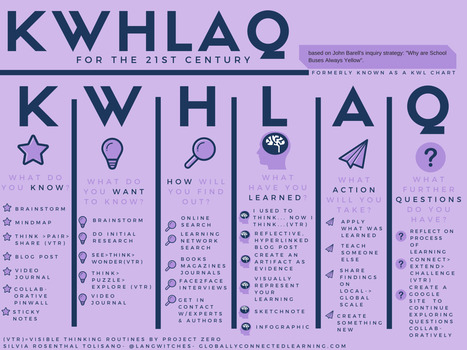

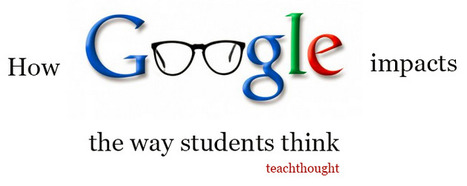
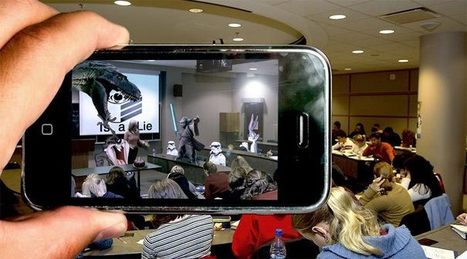


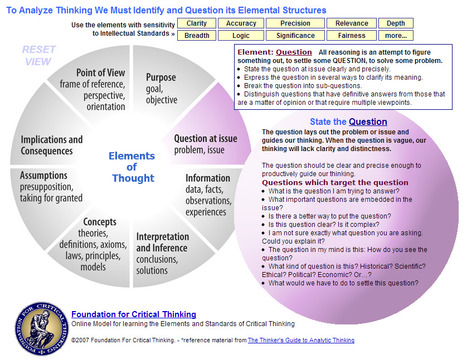

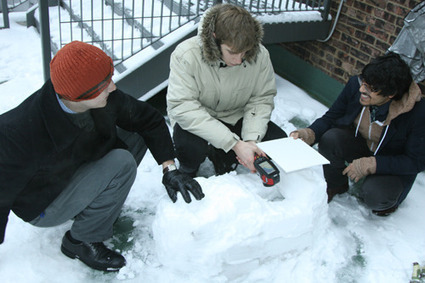
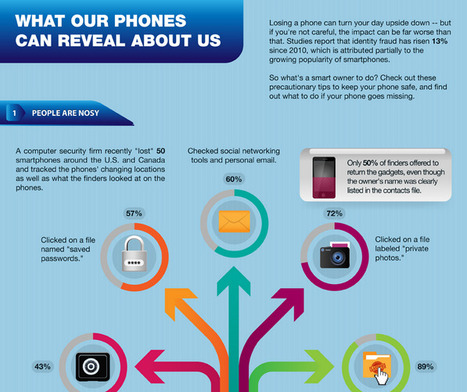


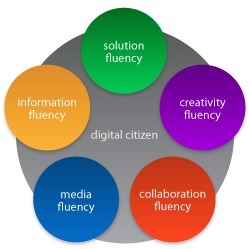
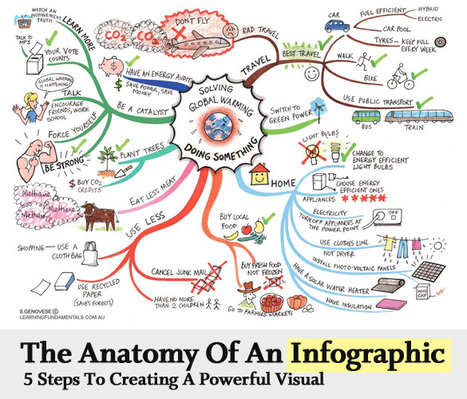
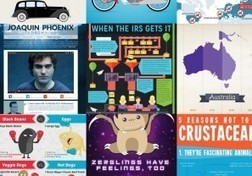

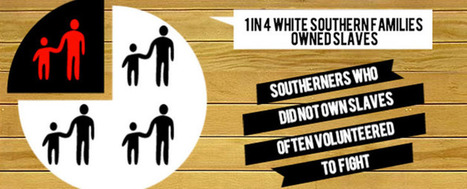
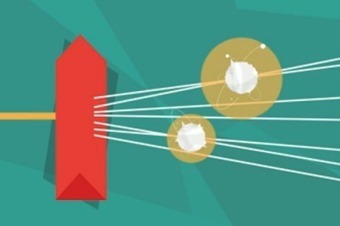


![Teachers are Heroes - They Help Shape Our World [INFOGRAPHIC] | Eclectic Technology | Scoop.it](https://img.scoop.it/3TpYF4XOXJMsp2crO5nlIzl72eJkfbmt4t8yenImKBVvK0kTmF0xjctABnaLJIm9)
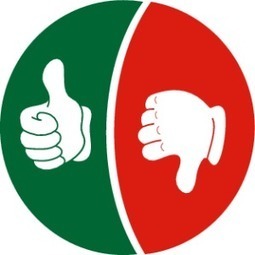

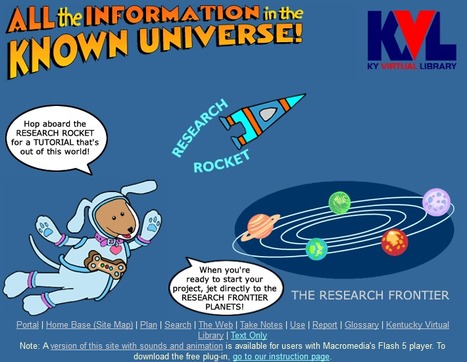






This article shares an updated version of KWL (What do I Know, What do I Want to know and what have I Learned). How many use this in their classrooms?
Check out this new version of the KWL chart by Silvia Rosenthal Tomlison. What we once called KWL is now the KWHLAQ.
* K stands for 'What do you KNOW?'
* W stands for 'What do you WANT to know?'
* H stands for 'HOW will you find out?'
* L stands for 'What have your LEARNED?'
* A stands for 'What ACTION will you take?'
* Q stands for 'What further QUESTIONS do you have?'
This new visual also includes suggestions under each category to help students make their "thinking and learning visible." For more information click through to the post.